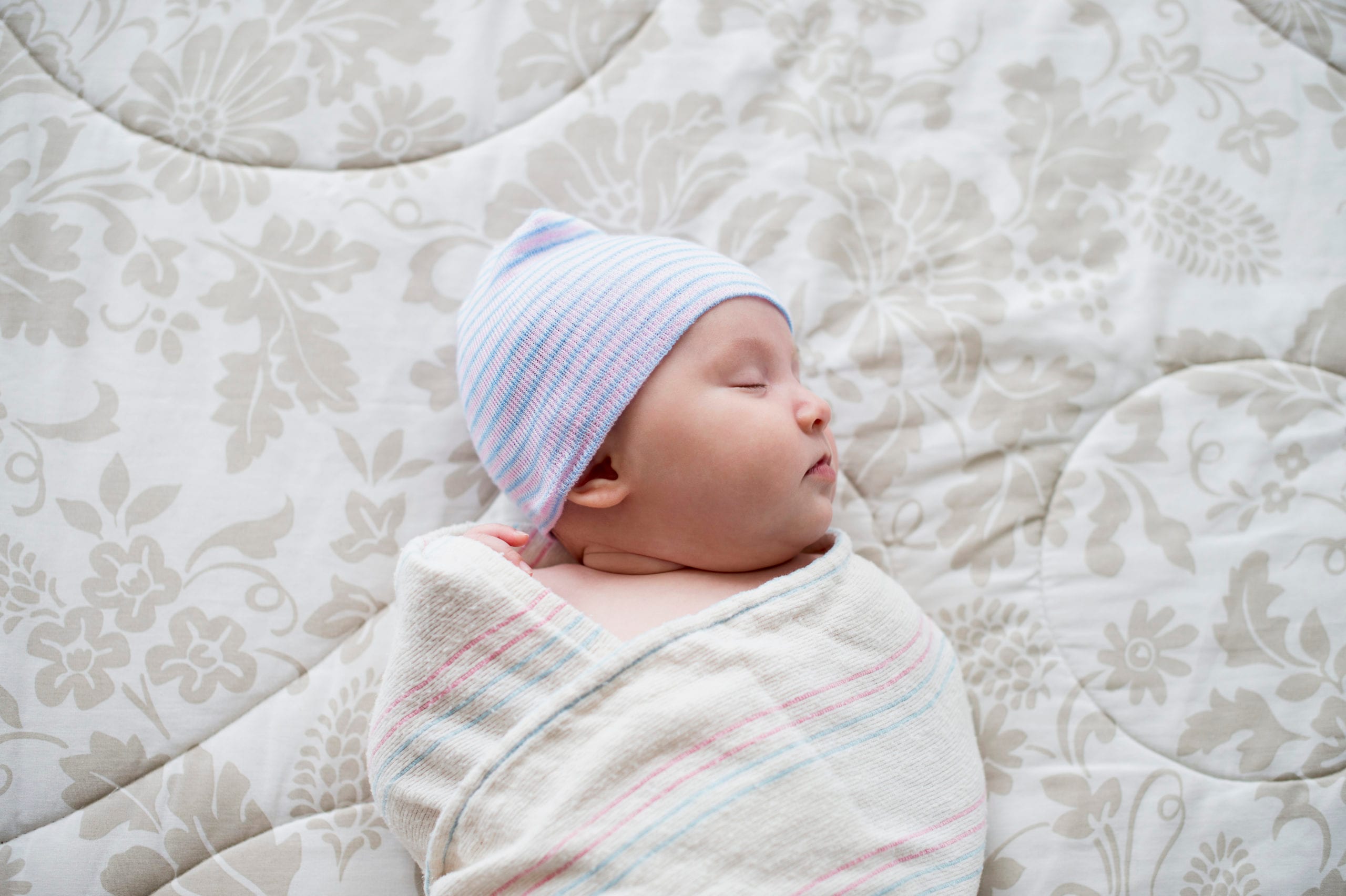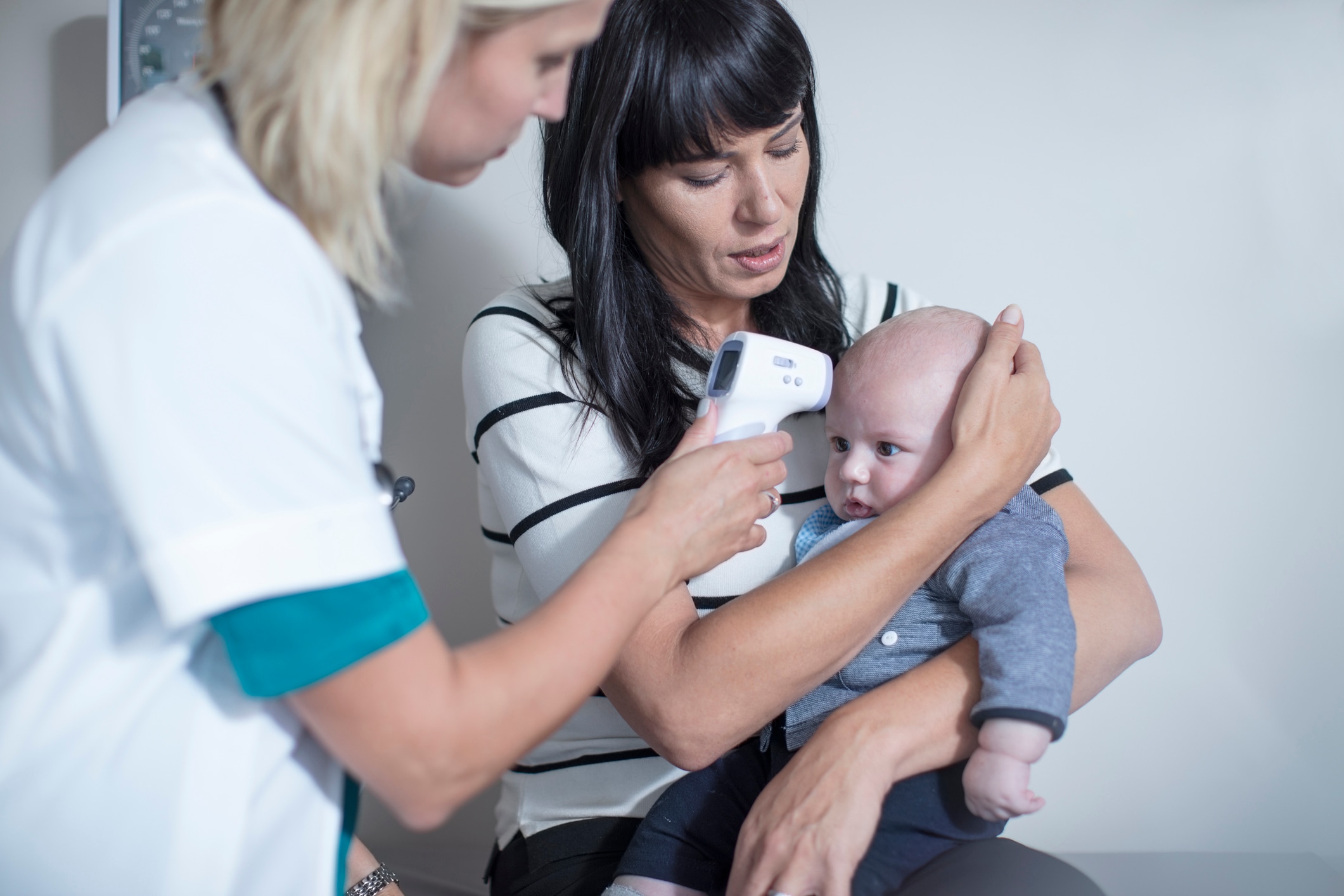In this article
- How to prep before the babysitter comes
- What’s a good babysitter safety checklist for parents?
- What babysitter emergencies should parents prepare for?
- What are some other babysitter safety tips?
- How should babysitters and parents communicate about safety?
- A final tip for talking to babysitters about safety
Hiring a babysitter can feel both daunting and exciting. Babysitters offer parents a break, night out or the ability to run errands without kids in tow. But you may feel nervous to leave your child with someone new. You want to know your child will be in good hands with a babysitter who prioritizes safety. This is why it’s crucial to have a babysitter safety checklist.
You should provide a sitter with clear information about fire safety, emergency contacts and medical information for your in order to maintain a safe environment for everyone, notes Dr. Ray W. Christner, a licensed psychologist. Every family’s plan will be slightly different based on their child’s individual needs and personality, but below you will find expert and parent-backed tips and advice to consider when talking about safety with babysitters.
Key takeaways
- When hiring a babysitter, parents should be prepared to discuss babysitter safety, emergency preparedness and first-aid training.
- Parents should give babysitters a house tour, prepare emergency contact information, as well as discuss allergies, food safety, evacuation plans and more.
- Be sure to consider your babysitter’s training and certifications when hiring, including CPR, first-aid and any other babysitter safety courses.
How to prep before the babysitter comes
While you can’t predict or plan for every potential situation, you can outline safety protocols and house rules to share with your babysitter. Keep in mind your child’s or children’s personality when determining what you want to discuss with your babysitter, says Christine Hernandez, an early childhood and parenting expert and play advocate.
“Every child is different and has their own set of behaviors to keep an eye on,” she notes. “Some kids climb on furniture or will bolt away from caregivers in public places and some put everything under the sun into their mouths.”
Considering both your priorities and your child’s personality, Dr. Sanam Hafeez, a neuropsychologist, recommends reviewing and developing game plans on the below topics ahead of hiring a babysitter:
- Emergency procedures (such as an escape plan in the event of a fire or what to do if someone is choking).
- List of contacts to call in case of an emergency, including poison control, a neighbor and/or family member.
- House rules regarding bedtimes, screen time and off-limit rooms or household items.
- Transportation safety if you babysitter will be driving your child.
- Food, allergy or medical restrictions or conditions.
- Water safety.
- Social media boundaries.
- Expected code of conduct for babysitter (for example, you might say they’re not allowed to invite friends over).
“By setting these clear behavior expectations, parents can help ensure a safe and positive caregiving experience for their children in their absence,” says Hafeez.
“By setting clear behavior expectations, parents can help ensure a safe and positive caregiving experience for their children in their absence.”
— Sanam Hafeez, neuropsychologist
What’s a good babysitter safety checklist for parents?
It’s possible to preempt emergencies with the right safety guidelines in place. Sarah Hamilton, a New York-based mom of two, says that she would give sitters a safety tour of her apartment, pointing out details like off-limit spaces and first aid or emergency supplies.
Safety information and protocols to review with your sitter:
Emergency contact information
Provide the babysitter with a list of important contact information, including your phone number, the numbers of nearby relatives or neighbors, the pediatrician and local emergency services, advises Christner. Also, be sure you have their phone number as well, and define when you will check in with them via text or a call. Check out this free downloadable emergency contact template for babysitters.
Medical information and allergies
“Inform the babysitter of any allergies or medical conditions your children have, as well as any medications they may need. Ensure the babysitter is comfortable and capable of handling any medical situations that may arise,” says Hafeez.
Christner adds that if your child has a mental health concern, such as anxiety, autism or ADHD, explain the steps they need to take if a situation regarding their mental health occurs. This could include sensory exercises, a go-to calming technique or a call to you to guide them through any questions or concerns.
Location of emergency supplies and evacuation plans
Review emergency procedures with the babysitter, including what to do in case of fire, medical emergencies or severe weather. Provide them with emergency contact information and location of emergency supplies, such as first aid kits and fire extinguishers.
Having this information written down and in a central location is beneficial and can ease anxiety in the event a babysitter needs to access it under duress or if an emergency occurs.
What babysitter emergencies should parents prepare for?
Babysitters should be prepared for various common and preventable injuries or emergency situations that may arise while caring for children, such as falls, cuts, burns, choking, poisoning and allergic reactions. Have ice packs and bandages available to soothe bumps, cuts and bruises. Poisoning risks can be reduced by keeping household chemicals, medications and hazardous substances locked away and out of reach of children.
Hernandez adds that CPR and first aid training is important for anyone who is caring for children. She notes that the Red Cross, for example, offers CPR and specific babysitter training, to help prepare caregivers for any emergencies that might arise.
The following emergency scenarios should be discussed with a babysitter:
Choking and food safety
“This is important for all ages but especially important with young babies and toddlers,” says Hafeez. “If you are doing baby-led weaning (a method of introducing solid foods by letting babies feed themselves finger-foods) with your infant, your babysitter should be knowledgeable about the size and texture of foods that are safe for baby and what gagging looks like versus choking.”
Choking incidents can be prevented by avoiding small objects and foods that pose a choking hazard, cutting food into small, manageable pieces and supervising meal times closely.
Safe sleep practices for babies
Babies, 12 months and younger, are most at risk for Sudden Infant Death Syndrome (SIDS). Sarah Bossio, sleep consultant and owner of Your Zen Baby Sleep, says establishing an ongoing line of communication is key to talking about sleep safety with your babysitter. “A parent who is trusting the care of their child with another adult [should] feel empowered to have direct and open conversations about sleep safety,” she notes.
She said parents can be kind, but firm with their expectations for sleep. Remind your babysitter that, while it may be tempting, it is never safe to allow a child to sleep in a container, such as a car seat or swing.
“The best way to educate as well as reduce anxieties in babysitters is to provide them with factual information,” points out Bossio. For instance, you can explain that it’s a must to place a baby on their back to sleep, and on a flat surface, free of blankets, toys and stuffed animals. And remind your sitter these rules are in place to reduce the risk of SIDS, says Bossio.
Childproofing measures and household hazards
Discuss safety measures specific to your home, such as childproofing, safe areas and potential hazards. Babysitters should be reminded to supervise children around stoves, ovens and hot beverages. The use of stove guards will reduce burns too.
Water safety and outdoor threats
Clear boundaries around swimming and stressing the importance of a babysitter’s undivided attention and supervision when outdoors is a crucial safety conversation. Parents can also ask for babysitters to get their CPR and first aid certifications.
Caila Drabenstot, a mom of four based in Indiana, gives sitters a tour of her house and points out that locked doors are essential to her children’s safety because she has a child with autism. She also recommends alerting your babysitter to the outside surroundings.
“It’s important to note any potential hazards in the neighborhood, [such as] a neighbor with a pool or pond or train tracks nearby,” says Drabenstot. In turn, a sitter will be more aware of potential dangers a child could encounter if they’re outside without supervision.
What are some other babysitter safety tips?
Parents should expect responsibility and trust from their sitters, but it can be challenging to discuss your ideal standards of conduct. Strive to adopt a warm, non-intimidating tone when initiating safety conversations, recommends Christner. “Parents should make sure the discussion empowers the babysitter — not scares them,” he says.
Hafeez agrees that direct, open conversation will be most productive. Her tips on talking about several other common concerns:
Transportation safety
If the babysitter will be responsible for driving your child, make sure the babysitter has a valid driver’s license, follows traffic laws and uses appropriate car seats or seat belts.
Child care approach and philosophy
Ask the babysitter’s approach to child care, including how they handle discipline, engage with children and ensure their safety. Ensure their philosophy aligns with your own parenting style.
Babysitter behavior
It’s OK to prohibit a babysitter from inviting friends over during their shift. And be explicit about prohibiting alcohol, drugs and tobacco while they are with your children.
Technology use
Parents should feel empowered to specify guidelines regarding the use of technology, emphasizing the importance of remaining attentive to the children rather than being distracted by screens and their phone. It’s also a good reminder to ask them to keep your children, house and other features that could identify your family and child off of social media.
How should babysitters and parents communicate about safety?
From the first meeting, parents can let a babysitter know that they value open communication, encouraging them to share updates, concerns and even small successes, whether via a text message or phone call, says Christner. “This sets the stage for them to communicate comfortably with you before coming to you with more significant issues,” he explains.
Parents should also show compassion and recognize that accidents happen, says Christner. “Emphasize that the important thing is how the situation is handled afterward,” he notes. “Share with them that it’s OK to make mistakes and that you value their honesty and effort to make things right.”
To continue building trust and maintaining open lines of communication, he recommends making the following moves:
- Have regular check-ins.
- If your babysitter makes an ill-advised decision, provide constructive feedback and guidance.
- Provide clear, actionable advice while acknowledging their efforts.
- Be approachable, and hold space for questions.
A final tip for talking to babysitters about safety
Having communicated clear expectations to a babysitter, parents can take heart that they have a safety plan in place. “The key to success is building a trusting relationship with your babysitter and ensuring the safety and well-being of your child,” says Christner.
This is done with regular check-ins and ongoing conversations. But you, as the parent, are always in charge. “Trust your instincts when hiring a babysitter,” notes Hafeez. “If something doesn’t feel right or you have concerns about their ability to ensure your child’s safety, it’s important to address those concerns or consider finding a different babysitter.”
Ultimately, when finding a trusted babysitter, your child’s safety and peace of mind are top priorities.





